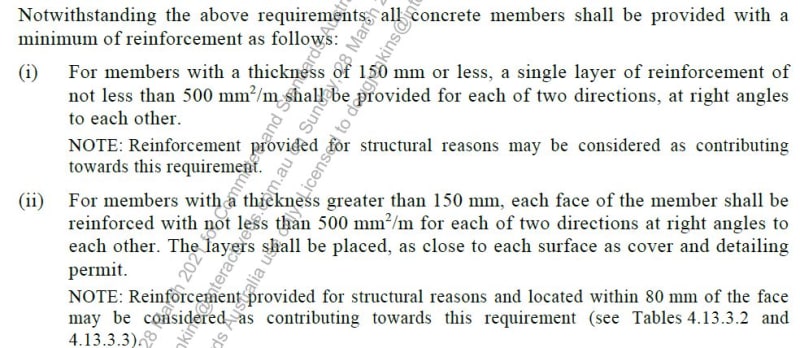Hi,
If I have a gravity column with just downward loads, can I get away with just the bottom reinforcement as that's where the tension face is? Does ACI limit having just bottom reinforcement?
If I just have bottom reinforcement, can I still use 4 sqrt (f'c) for punching shear calculations?
If I have a gravity column with just downward loads, can I get away with just the bottom reinforcement as that's where the tension face is? Does ACI limit having just bottom reinforcement?
If I just have bottom reinforcement, can I still use 4 sqrt (f'c) for punching shear calculations?


![[pipe] [pipe] [pipe]](/data/assets/smilies/pipe.gif)